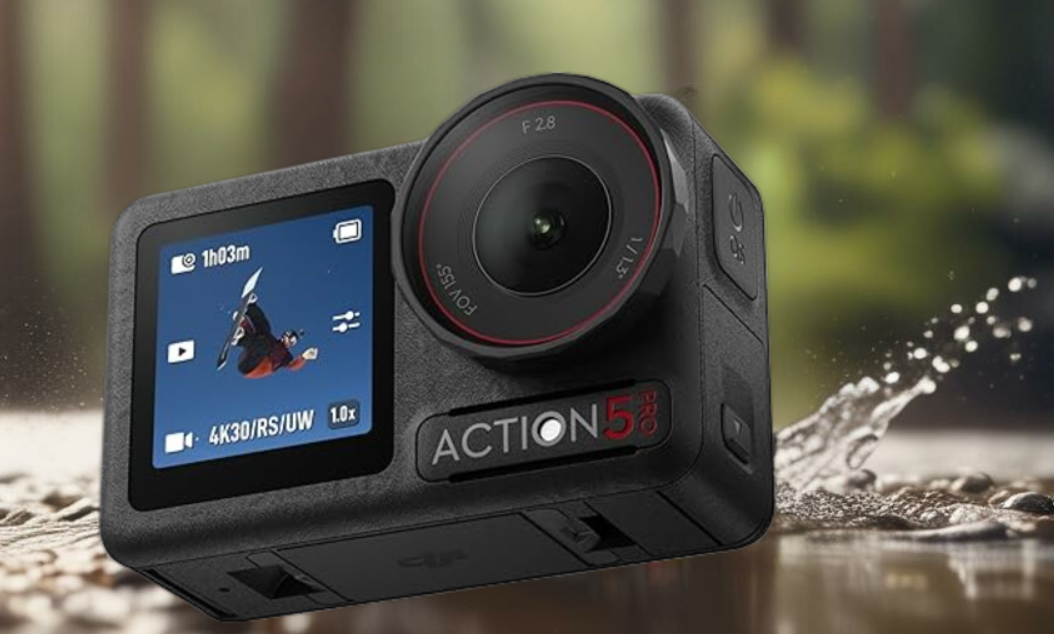
As an Amazon Associate, I earn from any qualifying purchases, at No Extra Cost to You.
The influence of sustainability on outdoor gear choices
- Sustainability is becoming a key factor in backpackers' gear choices.
- Many brands are adopting eco-friendly materials and practices.
- Minimalism and durability are trending themes in sustainable gear.
- Conscious consumerism is influencing buying decisions.
- Research and community engagement play an essential role in sustainable practices.
In today's world, sustainability is influencing various aspects of our lives, including the gear choices of backpackers. As more outdoor enthusiasts become aware of their environmental impact, the demand for sustainable practices within the backpacking community is increasingly pivotal. This article explores how sustainability is influencing gear choices among backpackers and highlights brands that focus on eco-friendly practices and materials.
Understanding sustainability in outdoor gear
Sustainability focuses on meeting our present needs without compromising the ability of future generations to meet their own. In the context of outdoor gear, this means utilizing resources responsibly and creating products that are durable, recyclable, and made from environmentally friendly materials. Below, we discuss the various elements that contribute to sustainable gear choices:
- Materials: Using recycled or organic materials, such as recycled polyester or organic cotton, reduces the overall carbon footprint.
- Manufacturing processes: Brands that implement clean energy and fair labor practices significantly contribute to sustainability.
- Product lifespan: Gear designed for durability inherently reduces waste and encourages consumers to buy less often.
Key trends in sustainable backpacking gear
The following table outlines some prominent trends shaping sustainable backpacking gear:
| Trend | Description |
|---|---|
| Eco-friendly Materials | Utilizing recycled plastics, organic fabrics, and biodegradable materials. |
| Minimalist Packing | Emphasizing lightweight products that simplify packing and reduce gear volume. |
| Repair and Upcycling | Encouraging users to repair gear rather than discard it whenever possible. |
| Conscious Consumption | Focus on purchasing gear that supports sustainability, even if it costs more. |
| Local Manufacturing | Supporting brands that produce their gear locally to minimize their carbon footprint. |
Popular brands prioritizing sustainability
Numerous outdoor gear brands are leading the charge in sustainability. Here are some examples of companies embracing eco-friendly practices:
- Brand A: Uses 100% recycled materials for their backpacks.
- Brand B: Implements fair labor practices across their factories.
- Brand C: Designs products that can be fully recycled after use.
- Brand D: Advocates for minimal packaging and sustainable shipping options.
Consumer attitudes towards sustainable gear
Today’s backpackers are more conscious than ever about the brands they support. A survey revealed that a significant percentage of outdoor enthusiasts prefer brands that demonstrate commitment to sustainability. This shift in mindset has led to:
- Increased demand for transparent business practices.
- Prioritization of environmental impact in purchasing decisions.
- Greater value placed on durability and longevity of products.
Engaging the community for sustainability
Backpacking communities are increasingly engaging in discussions about sustainability. Social media platforms are flooded with information and tips surrounding eco-friendly practices during trips. Outdoor enthusiasts are forming networks to promote sustainable practices, organizing clean-up campaigns, and sharing knowledge about responsible adventures. For more insights on this topic, check out our Backpacking News section.
Pros
- Contributes to environmental preservation.
- Enhances brand loyalty among conscious consumers.
- Can lead to innovative product designs.
- Encourages responsible outdoor practices.
Cons
- Higher costs for consumers in some cases.
- Sustainable options might not be widely available everywhere.
- Misleading marketing claims can confuse consumers.
Conclusion
The influence of sustainability on outdoor gear choices is an exciting trend that reflects a growing consciousness within the backpacking community. It’s a paradigm shift in how we view our environmental responsibilities while enjoying nature. By prioritizing sustainable gear, backpackers not only enhance their outdoor experiences but also contribute to the preservation of our planet for future generations. For more information on sustainable backpacking gear, visit our Backpacks section.
Tips for choosing sustainable gear
- Research a brand’s sustainability practices before purchasing.
- Look for third-party certifications (like Fair Trade or Global Organic Textile Standard).
- Opt for versatile gear that can be used for multiple purposes.
- Join local outdoor clubs to learn about sustainable practices.
